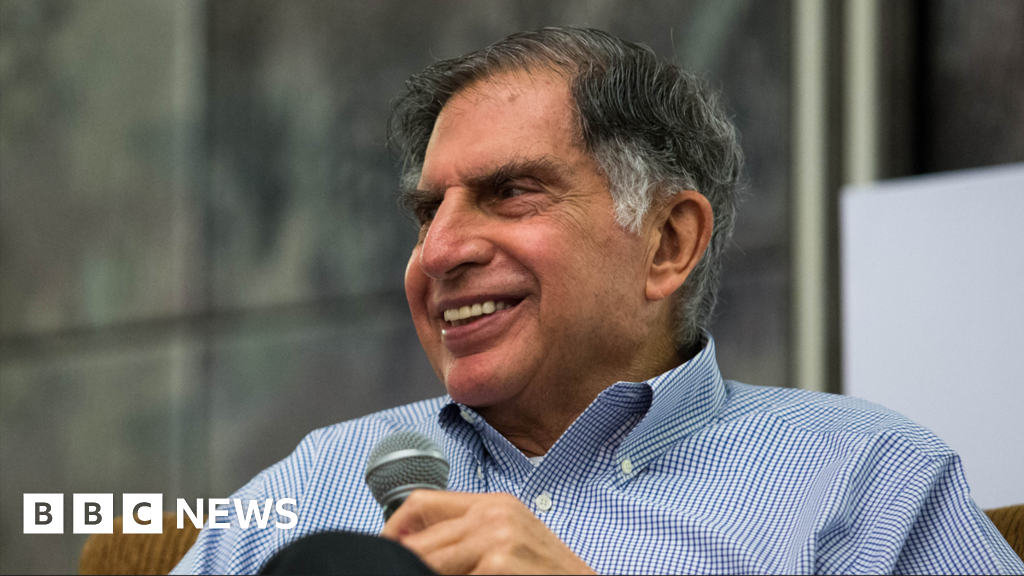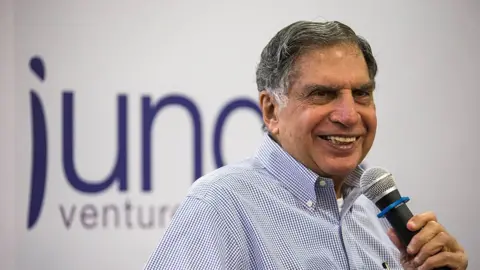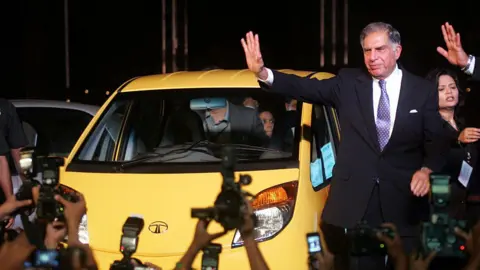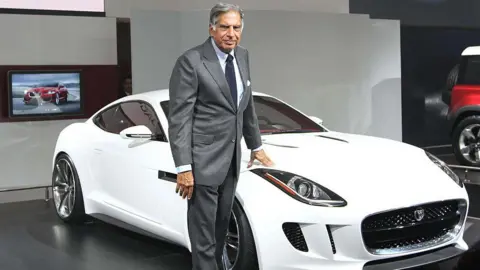Seven & i Holdings plans to split its convenience store operations from non-core businesses as the Japanese retail conglomerate faces an unsolicited $47bn buyout proposal from Alimentation Couche-Tard.
The 7-Eleven owner said on Thursday that it would separate 31 subsidiary businesses — including supermarkets, speciality stores and the Denny’s restaurant brand — and put them in a new holding company, called York Holdings, to bring in outside investors and prepare for a potential listing.
The company’s financial arm, Seven Bank, will also be carved out of the convenience store empire as Seven & i works to streamline its operations and raise its corporate value.
The rest of the business — its convenience store empire in Japan, the US and the rest of the world — has been tentatively renamed 7-Eleven Corporation. The name change will be confirmed after a shareholder meeting in May.
The reorganisation comes as Seven & i tries to prove to investors that it can increase its valuation and fend off the buyout proposal from Canada’s Couche-Tard.
Seven & i, which operates 85,800 stores globally, has long been under pressure from activist shareholders, including San Francisco’s ValueAct Capital, to raise its valuation and focus on its convenience store business.
The group swiftly rejected Couche-Tard’s $39bn opening offer in September, saying it “grossly” undervalued the business and did not account for the difficulty of getting a deal past US competition regulators.
However, Couche-Tard, which operates the Circle-K brand, recently told the Japanese company it was willing to pay 20 per cent more, or close to $47bn, according to people familiar with the matter.
On Wednesday, Seven & i confirmed “that it received a revised confidential, private and non-binding proposal” and “intends to continue to maintain the confidentiality of its current discussions with [Couche-Tard] at this time”.
The new proposal has “cleared the valuation hurdle”, according to four Seven & i investors.
“I would be disappointed if Seven did not take this offer seriously,” said one large shareholder. “I want to see them negotiate and deal with this properly, as they have done so far.”
Seven & i’s stock price has risen 30 per cent since before the first Couche-Tard offer in August. But at ¥2,325 ($16) a share, it is still below the Canadian company’s latest bid.
If accepted, Couche-Tard’s takeover bid would be the largest in Japan by a foreign company and mark how corporate governance reforms are gaining traction in the country.
The announcements on Thursday came as Seven & i slashed its operating income forecast for the full year, which ends in February, to ¥403bn from ¥545bn.
The group also said its operating income for the second quarter was ¥127.7bn, a drop of 20 per cent from the same period the year before, missing analyst estimates of ¥144bn, according to LSEG data.















































































































































You must be logged in to post a comment Login